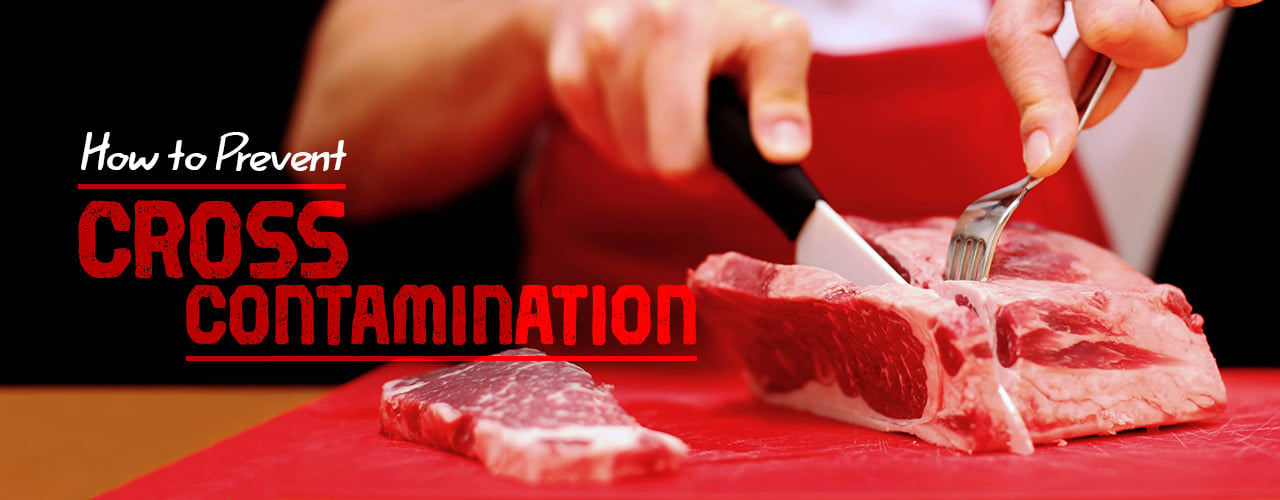what is cross contamination definition
Cross-contamination refers to the transfer of disease-causing agents from one point to another usually in a food preparation setting. Contamination is the presence of microorganisms or foreign substances in food items.
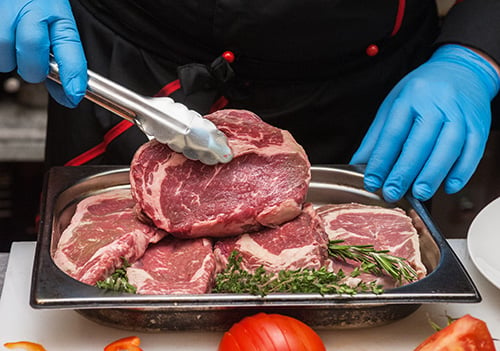
Cross Contamination Increase Food Safety By Preventing It
Cross-contamination is when raw or undercooked foods touch one another.
:max_bytes(150000):strip_icc()/colored-cutting-boards-2500-57bff1fd3df78cc16ed62472.jpg)
. The process by which a substance that is harmful or dirty spreads from one area to another 2. Information and translations of cross contamination in the most comprehensive dictionary definitions resource on the web. The meaning of CROSS CONTAMINATION is inadvertent transfer of bacteria or other contaminants from one surface substance etc to another especially because of unsanitary.
The contamination of prepared foods or foods needing no further preparation or washing with harmful bacteria from raw foods. Medical practice The passsage of pathogens indirectly from one Pt to another due to use of improper sterilization procedures unclean instruments or recycling of. Not only can it cause an unpleasant short term reaction it can cause longer-term intestinal.
This raises the problem of cross contamination. Cross contamination is the movement of harmful microorganisms and other pathogens that spread from the service area to the food being prepared. In food safety cross-contamination refers to the transfer of harmful bacteria from people utensils or raw food ingredients to ready-to-eat food products.
For example cross-contamination can occur if you dont wash your hands after touching raw. Cross contamination is a serious concern for people with celiac disease and gluten intolerance. Cross-contamination is the transportation of harmful substances to food by.
Hands that touch raw foods such as chicken then touch food that will not be cooked like. There is an agreement among lexicographers about the complete explanation and definition of the word cross contamination in English however contingent upon the region. Cross contamination is the movement of harmful microorganisms and other pathogens that spread from the service area to the food being prepared.
Cross Contamination Trace evidence like hair fibers paint and blood is by its very nature readily transferred from item to another. What is Cross Contamination definitionconcept. According to Webster the definition of cross contamination is an inadvertent transfer of bacteria or other contaminants from one surface substance etc to.
On the flip side Cross Contamination occurs when a virus or. Meaning of cross contamination. Food must be handled and cooked properly to avoid any type of contamination at the time of consumption.
Cross-contamination is the transfer of harmful bacteria to food from other foods cutting boards and utensils if they are not handled properly.

Cross Contamination Examples What Is Cross Contamination Video Lesson Transcript Study Com

Avoid Cross Contamination How To Prevent Cross Contamination

Risks Of Cross Contamination Tips To Prevent Cross Contamination

How To Prevent Cross Contamination By Rulethirteen Medium

Identifying And Controlling Microbiological Cross Contamination Food Safety
Contamination Dod 1 The Deposit Absorption Or Adsorption Of Radioactive Material Or Of Biological Or Chemical Agents On Or By Structures Areas Personnel Or Objects See Also Induced Radiation Residual Radia By Acronymsandslang Com

Cross Contamination Meaning Youtube

Contamination Issues As A Challenge In Quality Control And Quality Assurance In Microplastics Analytics Sciencedirect

Types Of Food Contamination Impact Physical Microbial Avoiding
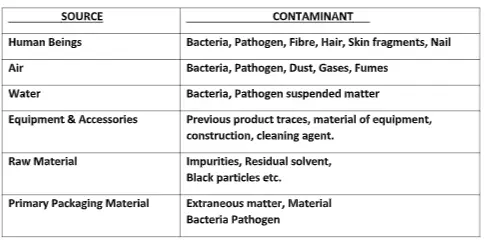
Contamination And Cross Contamination In Manufacturing Pharmaguddu
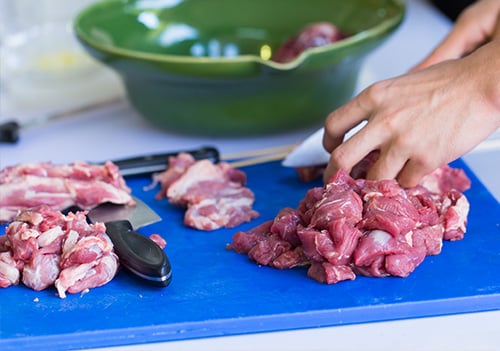
Cross Contamination Increase Food Safety By Preventing It

How To Protect Against Cross Contamination 2xl Corporation

4 Simple Steps To Keep Food Safe
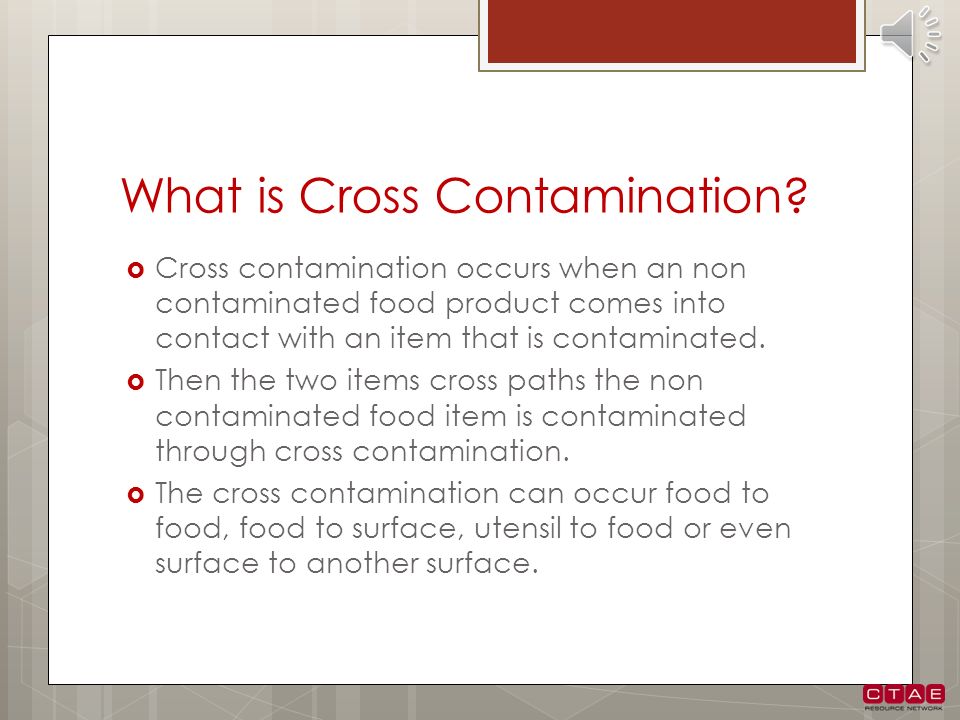
Contamination And Prevention Ppt Video Online Download

Part 2 Contamination In Hydraulic Systems Hydraulic Solutions
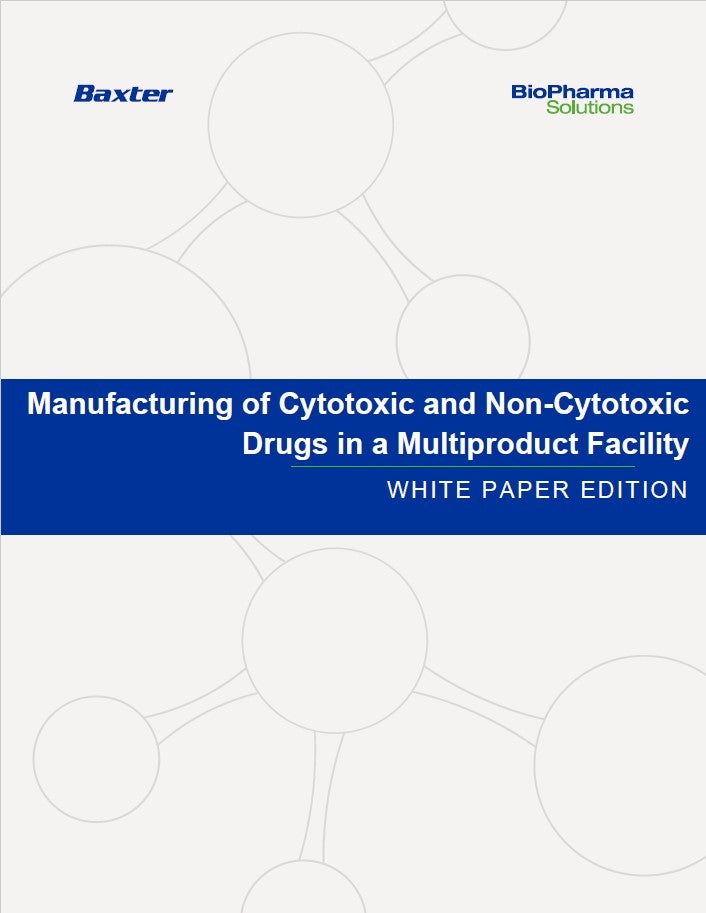
Preventing Cross Contamination In Multi Product Facilities Pharmaceutical Technology
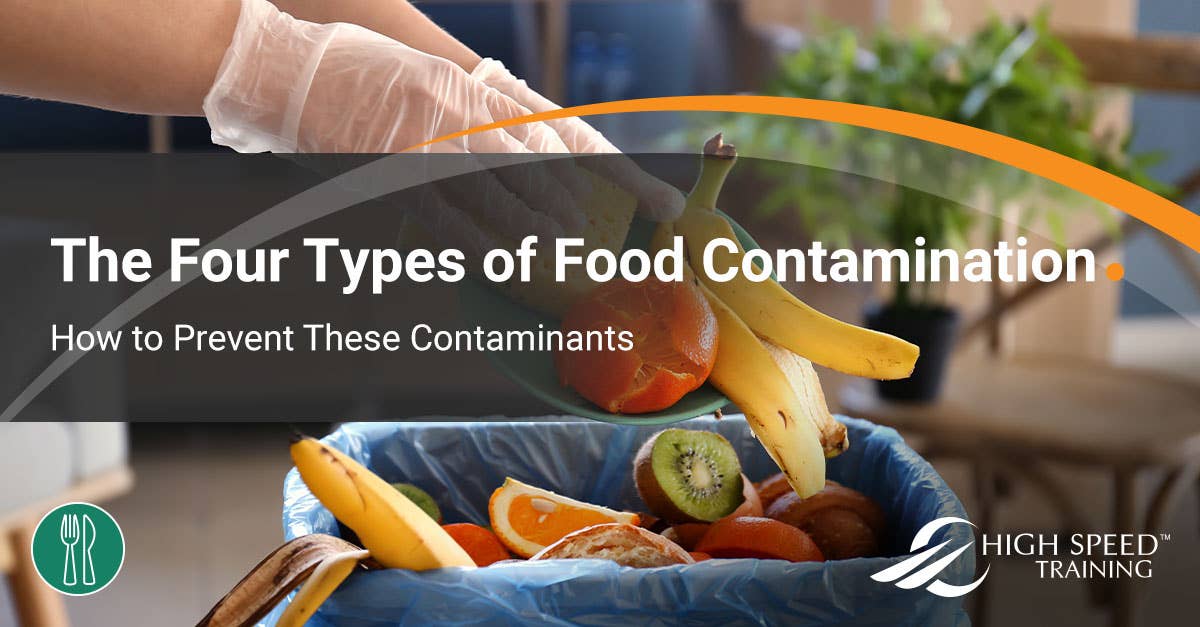
What Are The 4 Types Of Food Contamination Food Safety Guide
